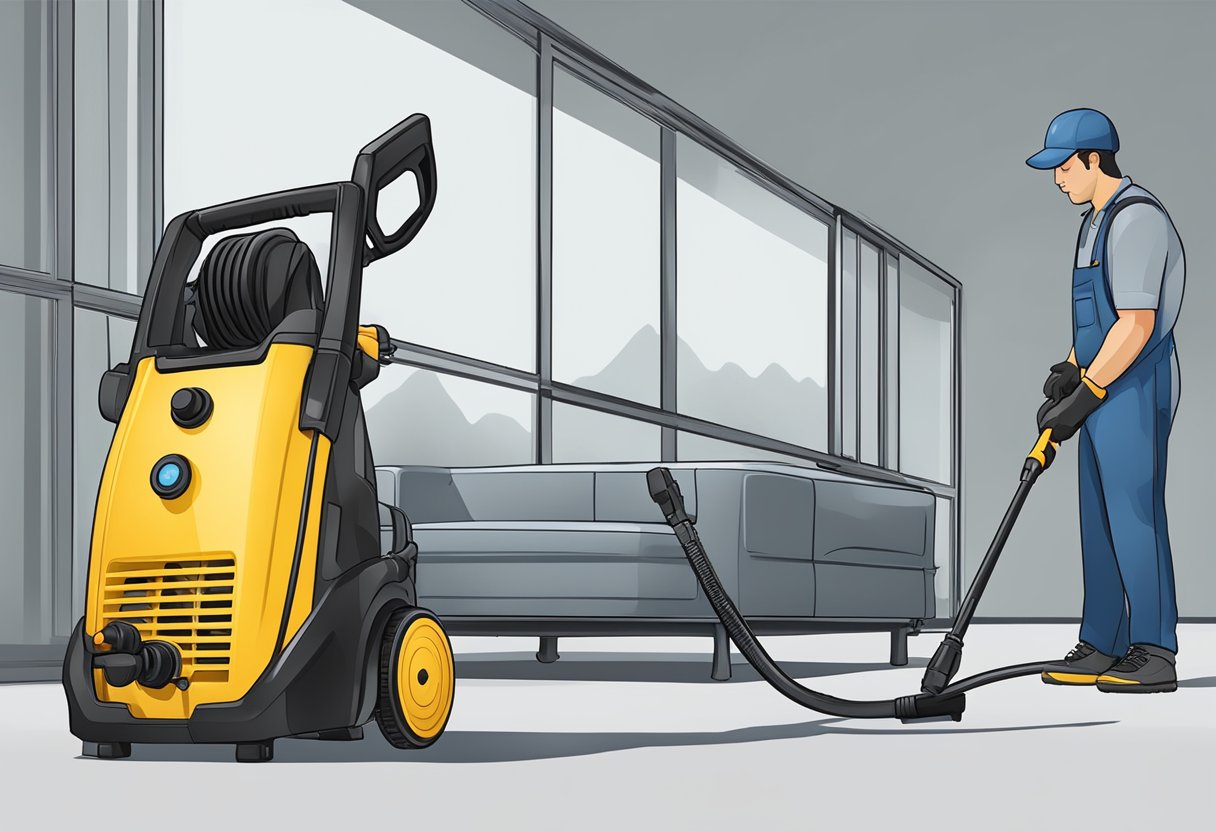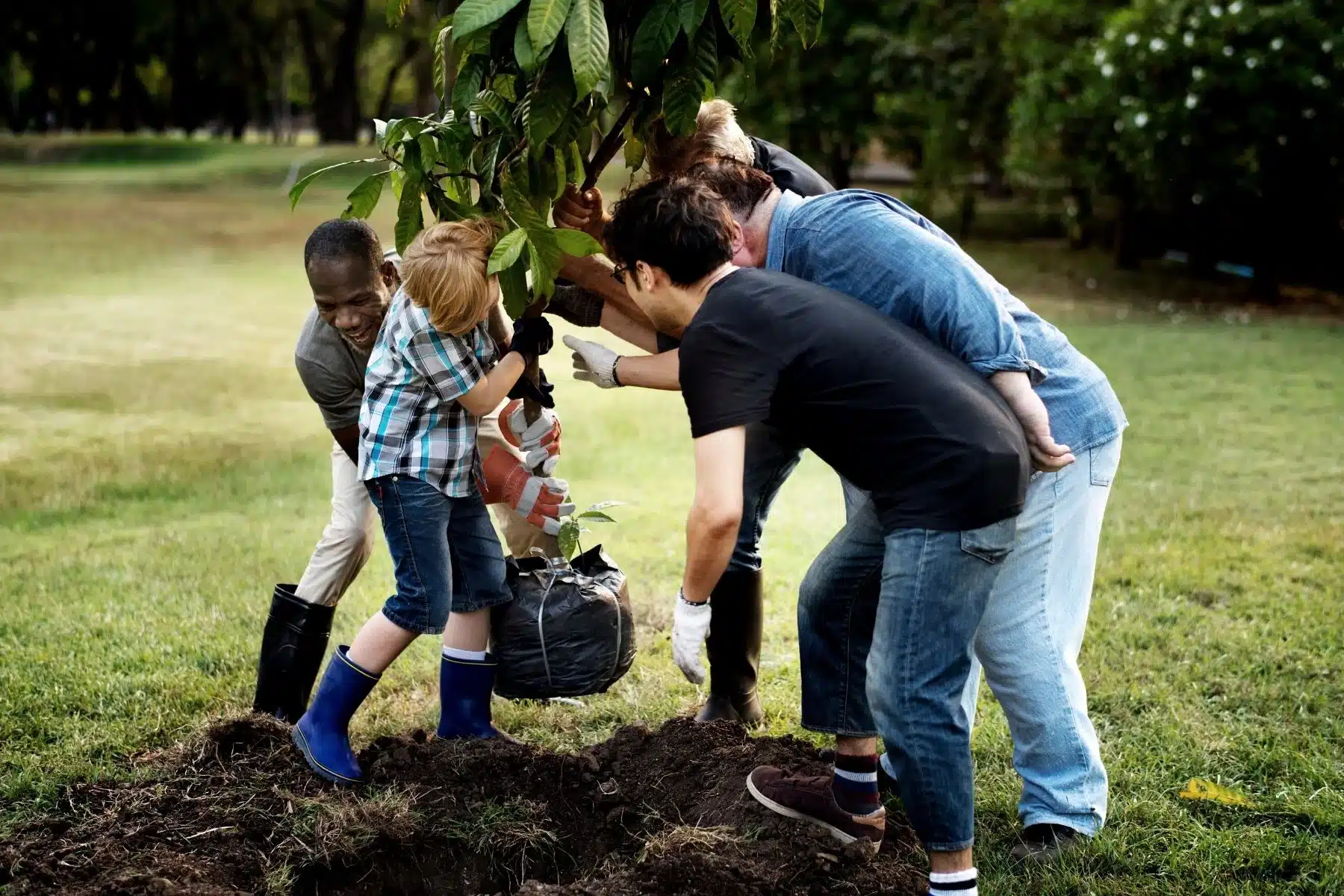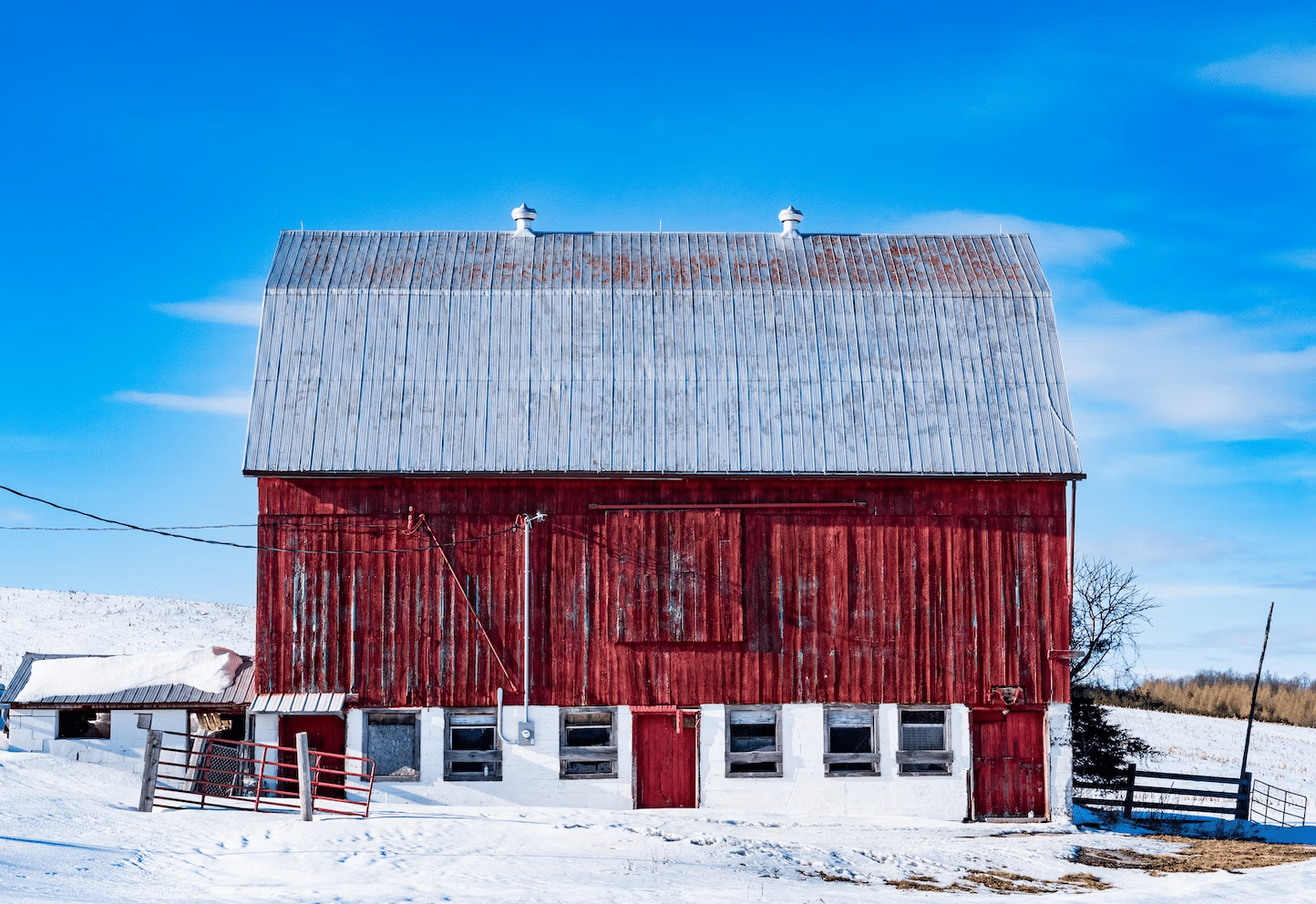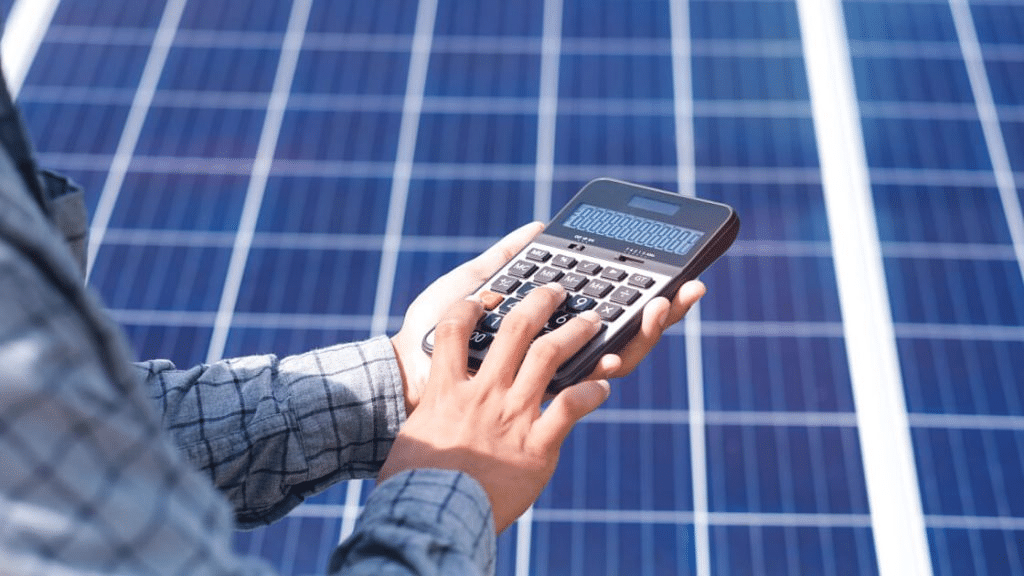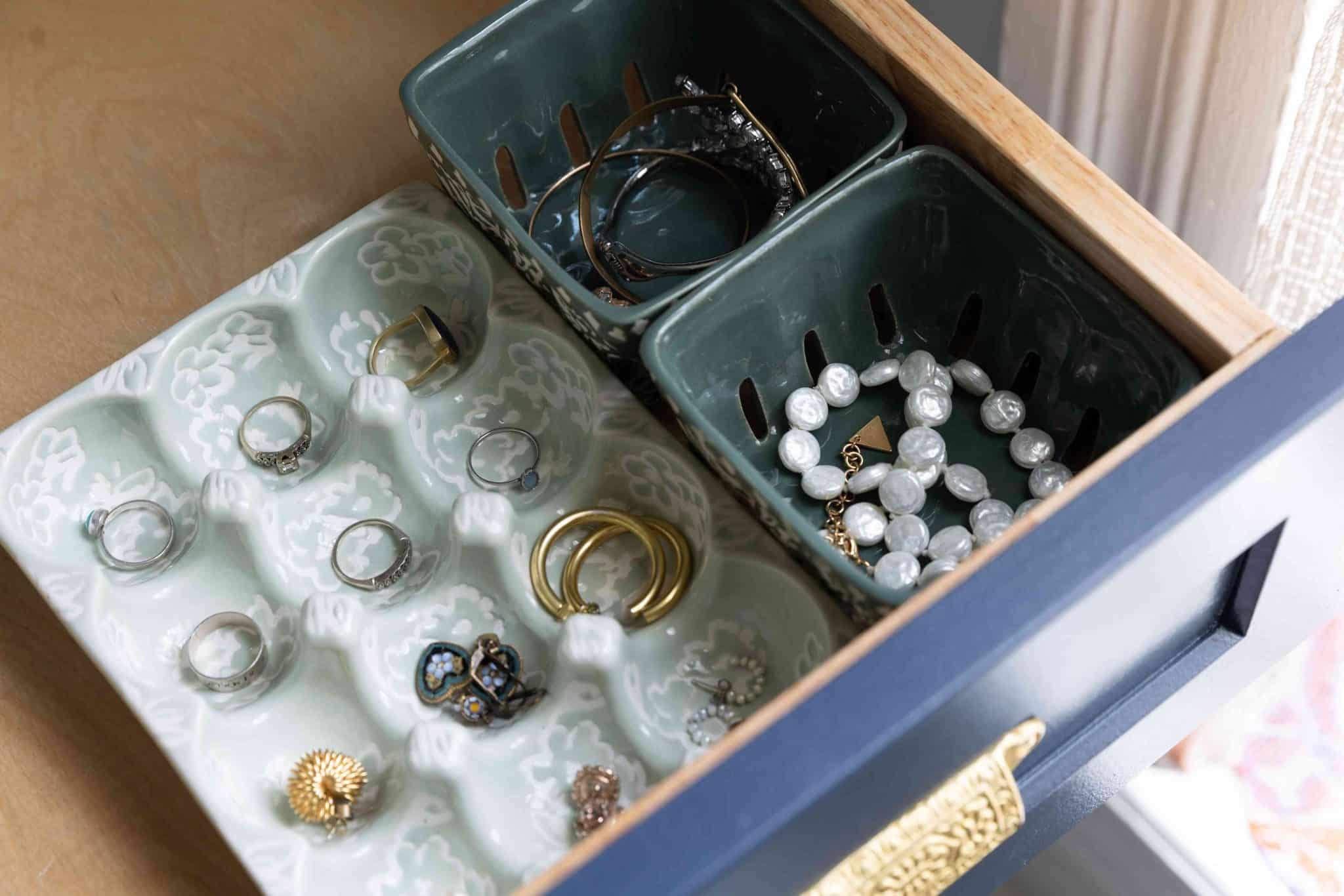Avoiding Common Pressure Washing Mistakes: A Guide to Preventing Damage
Pressure washing is a great way to clean outdoor surfaces like decks, patios, and driveways. However, if not done correctly, it can cause damage to the surfaces being cleaned. To avoid costly mistakes and prevent damage, it’s important to understand the basics of pressure washing and how to execute the process properly.
Understanding Pressure Washing Basics: Before starting the pressure washing process, it’s important to understand the basics of how it works. A pressure washer uses a motor to power a pump that pushes water through a concentrating nozzle, creating a strong stream of water. The pressure and flow rate of the water can be adjusted depending on the surface being cleaned and the level of dirt or grime.
Executing the Pressure Washing Process: When executing the pressure washing process, there are several common mistakes to avoid. For example, using the wrong nozzle or spraying upward against siding can cause damage to the surface being cleaned. It’s also important to avoid using a gas-powered pressure washer indoors, as it can be dangerous. By following these tips and understanding the basics of pressure washing, you can avoid common mistakes and prevent damage to your outdoor surfaces.
Points To Be Noted
- Understanding the basics of pressure washing is crucial to prevent damage to surfaces being cleaned.
- Some common errors to steer clear of involve using an incorrect nozzle, directing the spray upwards against the siding, and operating a gas-powered pressure washer indoors.
- By executing the pressure washing process properly and avoiding these mistakes, you can safely and effectively clean your outdoor surfaces.
Understanding Pressure Washing Basics

Pressure washing is a powerful cleaning technique that uses high-pressure water spray to remove dirt, grime, and other unwanted substances from various surfaces. However, it’s important to understand the basics of pressure washing to prevent damage or unsatisfactory results.
How Pressure Washers Work
Before starting the pressure washing process, it’s important to understand the basics of how it works. A pressure washer uses a motor to power a pump that pushes water through a concentrating nozzle, creating a strong stream of water. The pressure and flow rate of the water can be adjusted depending on the surface being cleaned and the level of dirt or grime.
Mistakes To Avoid
Home pressure washing and commercial pressure washing applications must be implemented under certain guidelines.
There are several common mistakes to avoid when executing the pressure washing process. For example, using the wrong nozzle or spraying upward against the siding can cause damage to the surface being cleaned.
It’s also important to avoid using a gas-powered pressure washer indoors, as it can be dangerous. By following these tips and understanding the basics of pressure washing, you can avoid common mistakes and prevent damage to your outdoor surfaces.
Types of Pressure Washers
There are two main types of pressure washers: electric and gas-powered. Electric pressure washers are typically less powerful than gas-powered ones, but they are quieter, lighter, and easier to maintain.
Gas-powered pressure washers, on the other hand, are more powerful and can handle tougher cleaning jobs, but they are heavier, louder, and require more maintenance.
Selecting the Right Pressure Settings
When pressure washing, it’s important to select the right pressure settings for the job. The pressure settings determine how much force the water will have when it hits the target area. If the pressure is too low, the cleaning may not be effective, but if the pressure is too high, it can damage the surface.
Choosing the Correct Nozzles
Different nozzles have different spray patterns and pressures, and using the wrong nozzle can result in ineffective cleaning or damage to your surfaces. The most common nozzle types are 0-degree (Red), 15-degree (Yellow), 25-degree (Green), 40-degree (White), and 65-degree (Black).
The 0-degree nozzle has the most concentrated spray and should only be used for tough cleaning jobs like removing paint or graffiti. The 15-degree nozzle is good for removing mold and mildew, while the 25-degree, 40-degree, and 65-degree nozzles are better for general cleaning. Larger nozzle sizes lead to gentler spray patterns.
Executing the Pressure Washing Process
When it comes to executing the pressure washing process, there are several things to keep in mind to prevent damage to the surface being cleaned, as well as the surrounding area. Here are some key tips to follow:
Preparing the Area
Before starting the pressure washing process, it’s important to prepare the area properly. This includes removing any objects that the pressure washer, such as furniture, decorations, or outdoor equipment could damage.
It’s also important to cover any delicate plants or landscaping to prevent damage from the cleaning solution or high-pressure water.
Maintaining a Safe Distance
To prevent damage to the surface being cleaned, as well as injury to the person operating the pressure washer, it’s important to maintain a safe distance. This means standing at least three feet away from the surface being cleaned and using the appropriate nozzle for the job.
It’s also important to wear protective gear, such as safety goggles and gloves, to prevent injury from flying debris or cleaning solution.
Avoiding Direct Angles and Delicate Surfaces
Direct angles and delicate surfaces can be easily damaged by high-pressure water. To avoid this, it’s important to use a wider spray angle and avoid spraying directly at delicate surfaces, such as wood, stucco, or brick. It’s also important to adjust the pressure and nozzle as needed to prevent damage.
Applying Cleaning Solutions Properly
Using the right cleaning solution can make a big difference in the effectiveness of the pressure washing process. However, applying the solution properly is important to prevent damage to the surface being cleaned. This means following the manufacturer’s instructions carefully and using the appropriate amount of solution for the job.
Adhering to Environmental Regulations
When using a pressure washer, it’s important to adhere to environmental regulations to prevent damage to the environment. This includes using biodegradable cleaning solutions and avoiding chemicals that could harm plants or animals.
It’s also important to properly dispose of any wastewater to prevent contamination of nearby water sources.
By following these tips, you can execute the pressure washing process safely and effectively while minimizing the risk of damage to the surface being cleaned and the surrounding area.
Final Say
Understanding the basics of pressure washing is crucial to prevent damage or unsatisfactory results. When selecting a pressure washer, consider the type of pressure washer, select the right pressure settings, and choose the correct nozzle type.

